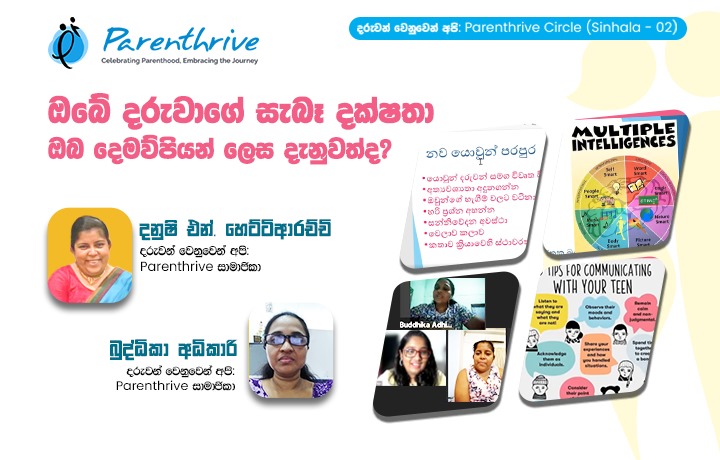
In today's digital age, technology is an integral part of our lives, and children are growing up surrounded by screens and devices from an early age. While technology offers numerous benefits, it also presents challenges for parents striving to strike a balance between screen time and other activities. As a parent, effectively managing your child's relationship with technology is crucial for their well-being and development. Here are some practical strategies to help you navigate technology management for kids:
- Set Clear Guidelines
Establishing clear rules and boundaries around technology use is essential. Create a family media plan that outlines when and how much screen time is allowed each day. Be consistent in enforcing these guidelines and involve your child in the process by discussing the reasons behind the rules.
- Lead by Example
Children learn by observing their parents' behavior. Model healthy tech habits by limiting your own screen time and prioritizing face-to-face interactions. Show your child the importance of engaging in activities beyond screens, such as outdoor play, reading, or spending quality time together as a family.
- Create Tech-Free Zones and Times
Designate certain areas of your home, such as the dinner table or bedrooms, as tech-free zones. Establish tech-free times, such as during meals, before bedtime, and during family activities. Encourage your child to disconnect from screens and focus on being present in the moment.
- Encourage Balanced Activities
Encourage your child to engage in a variety of activities beyond screen time. Encourage hobbies, sports, creative pursuits, and social interactions that foster physical, mental, and emotional development. Provide opportunities for unstructured play and exploration, which are essential for creativity and problem-solving skills.
- Monitor Content and Apps
Be proactive in monitoring the content your child consumes online. Familiarize yourself with the apps, games, and websites your child uses, and regularly review their online activity. Use parental controls and privacy settings to restrict access to inappropriate content and ensure a safe online environment.
- Promote Critical Thinking and Digital Literacy
Teach your child to critically evaluate information encountered online, including distinguishing between reliable sources and misinformation. Discuss the importance of responsible digital citizenship, including online etiquette, privacy, and cyberbullying awareness. Encourage your child to ask questions and seek guidance when encountering unfamiliar or concerning content online.
- Communicate Openly
Maintain open and ongoing communication with your child about technology use. Discuss the benefits and risks of technology, including topics such as online safety, digital footprints, and healthy screen habits. Encourage your child to come to you with any questions or concerns they may have about their online experiences.
- Balance Supervision with Trust
Strike a balance between supervising your child's technology use and allowing them age-appropriate independence. Provide guidance and support as needed, but also trust your child to make responsible choices online. Gradually empower them to manage their own screen time and navigate digital spaces responsibly.
- Stay Informed and Adapt
Keep up-to-date with the latest trends and developments in technology, as well as research on children's digital media use. Stay informed about the apps and platforms popular among children and be prepared to adapt your approach to technology management accordingly. Remain flexible and willing to adjust your strategies based on your child's individual needs and circumstances.
- Embrace Balance and Moderation
Ultimately, the goal of technology management for kids is to promote a balanced and healthy relationship with screens. Strive for moderation rather than strict avoidance, recognizing that technology can enhance learning, creativity, and connectivity when used mindfully. Embrace opportunities for shared screen time, such as watching educational videos or playing interactive games together, as a way to bond and learn together as a family.
By implementing these strategies, you can empower your child to navigate the digital world responsibly while fostering their overall well-being and development. Remember that effective technology management is not about restricting access, but rather about guiding and supporting your child in making informed choices and developing healthy habits that will serve them well throughout their lives.






